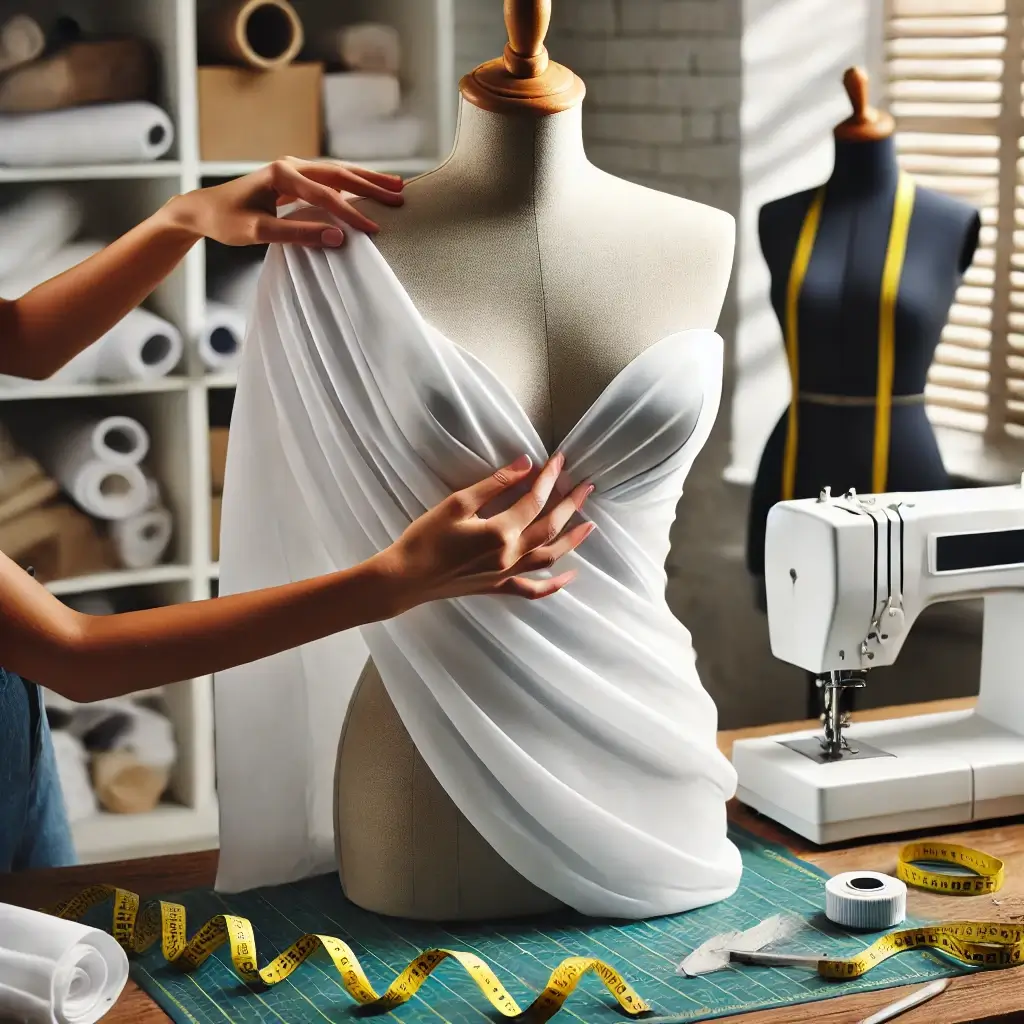
In the world of fashion, patternmakers serve as the architects of apparel, taking a designer’s vision from a simple sketch to a tangible, wearable garment. Their expertise lies in converting creative concepts into precise patterns, ensuring that every piece of fabric is cut, shaped, and sewn into a garment that fits perfectly.
Without skilled patternmakers, designers’ ideas would remain on paper, unable to be transformed into a physical product. Let’s explore how patternmakers make this possible and the techniques they employ to bring designs to life.
Understanding the Role of a Patternmaker
A patternmaker’s job is to create the blueprint for garments, known as first patterns. These patterns form the basis for all subsequent versions and are developed in a sample size to test fit, style, and functionality.
While sample sizes differ by company, typical sizes include:
- Juniors’ apparel: Sizes 5, 7, or 9
- Misses’ apparel: Sizes 6, 8, or 10
- Women’s wear: Sizes 18 or 20
- Menswear: Size 34 (trousers) or 38 (tailored suits)
- Infants’ wear: Size 3–6 months
- Toddlers’ wear: Size 2
- Children’s wear: Size 7
Techniques Patternmakers Use to Create Garment Patterns
Patternmakers use three main techniques, each suited to different types of designs and garments. Let’s take a closer look at each:
1. The Draping Method: Sculpting Fabric Like Art
Draping is an artistic process in which the patternmaker physically manipulates fabric (often muslin) on a dress form or mannequin to create a three-dimensional design. This technique is ideal for creating soft, flowing garments that demand a more organic, sculpted approach.
Why use the draping method?
- Best for fluid, elegant designs where fabric flow is crucial.
- Allows real-time adjustments to the shape and fit.
- Ideal for evening wear, dresses, and garments with softer fabrics.
Once the desired look is achieved, the fabric is removed from the form, and the pattern is drafted on heavy paper.
2. The Flat Pattern Method: Precision and Structure
The flat pattern method involves altering existing patterns (known as blocks or slopers) using rulers, angles, and curves to shape the design. It’s a highly technical method used to create precise, structured garments.
What is a block?
- A block is a basic pre-existing pattern that serves as a template for various garment designs.
- For instance, a basic bodice block can be manipulated into hundreds of different tops, dresses, or outerwear garments.
Flat pattern method advantages:
- Allows patternmakers to work with accurate measurements.
- Ideal for garments that require structured forms like tailored jackets, shirts, and trousers.
- Ensures consistency in production, as designs can be replicated exactly.
3. Computer-Aided Patternmaking: Technology Meets Fashion
As fashion technology advances, many companies have adopted computer-aided design (CAD) software for patternmaking. Using specialized programs, patternmakers can design, alter, and perfect garment patterns with a high degree of precision.
How does CAD enhance patternmaking?
- CAD allows designers to manipulate patterns digitally, saving time on manual adjustments.
- Designers can use tools like a stylus, puck (similar to a mouse), or digitizer to create patterns.
- Patterns can be graded, meaning they can be adjusted for different sizes automatically, increasing efficiency.
Moreover, with CAD, designers can integrate appliqués, screen graphics, or embroidery designs into the patterns for accurate placement in the final garment. This reduces the margin of error and ensures the garments match the original design vision.
The Importance of First Patterns
Regardless of the technique used—whether draped, created through the flat pattern method, or designed on a computer—the first pattern must be perfect. This initial version serves as the foundation for the garment’s production.
Key elements of a successful first pattern:
- Accurate reflection of the designer’s style, proportion, and fit.
- Precision in construction details to ensure a flawless prototype.
- Adaptability to different sizes and variations for mass production.
Final Thoughts
In today’s fast-paced fashion industry, patternmakers are indispensable. Their ability to combine creativity with technical skill allows them to transform fabric into a finished product that aligns with the designer’s vision. From flowing evening gowns to structured suits, patternmakers ensure that every detail of a garment is brought to life with precision and artistry.
Contact Information: Interested in learning more or in need of professional sourcing and production support? Contact me at antor@antor.xyz or visit my website https://antor.xyz.
Share Button